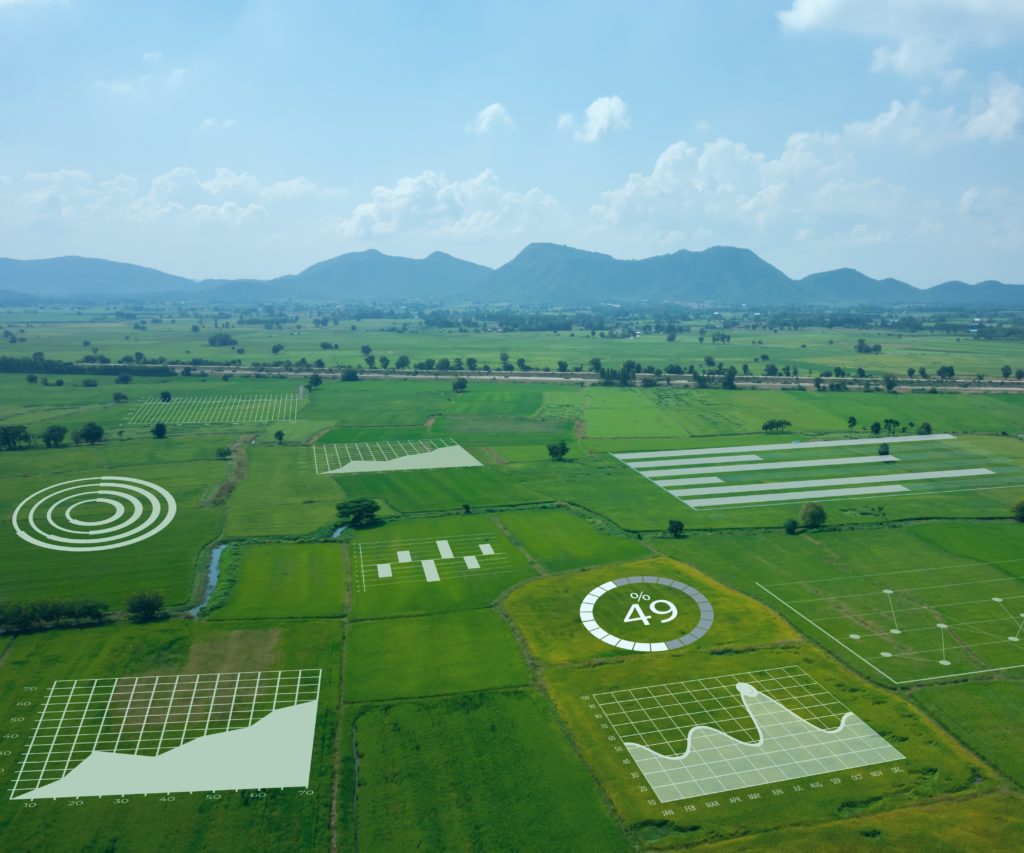It’s more than possible – it’s proven.
FME is making an impact for thousands of customers every single day. Imagine what it could do for you.

Explore how FME maximizes data from all over the world
Trusted by more than
0
companies worldwide
Over
0
active users
Relied on in
0
countries






Gartner Peer Insights is the leading authority for verified, firsthand reviews from enterprise software and service buyers.

Learn how to maximize your data and minimize your efforts with FME
Join our free and interactive workshop to learn how to make the most use out of your data with FME. The FME Accelerator will show you the basics of how to automate your data integration workflows and connect to 450+ formats.
Questions about the platform?
Find the sales information and answers you need to continue your data integration journey.
Contact Us
Pricing, with a difference.
Long-term partnerships over short-term profit. Learn how we can deliver unrivaled value to you.
Explore Pricing











